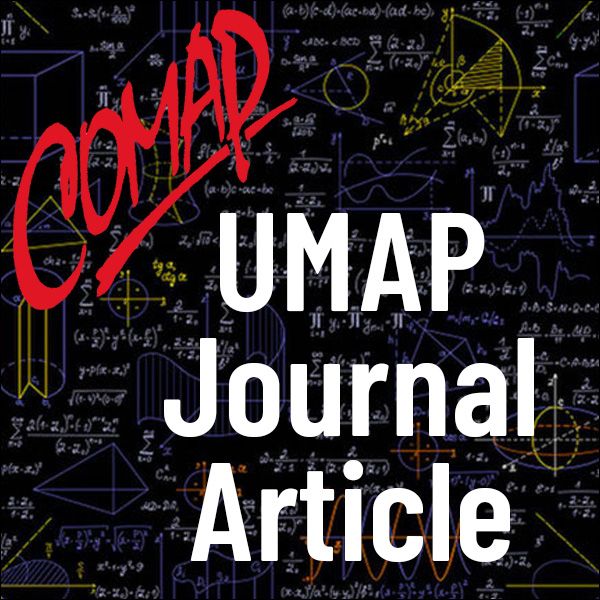Whats the Rate for a Layaway?
Author: Paul Campbell
Introduction Asign that the U.S. economy is suffering was the return and re-emphasis in 2011 of Christmas "layaway" plans at stores. These plans are a form of extending credit to customers, and many customers are grateful for the opportunity [Codispoti 2011, comments].
Louis Hyman [2011] recently criticized layaway plans for "playing on the economic insecurity of . . . customers," "a bad deal for everyone"- except the merchant, and a result of "the desperation arising from many Americans' inability to borrow, save and, most important, earn."
Hyman asserts "[L]ayaway is decidedly much worse than most credit cards" and gives examples citing effective interest rates of 44% and 131%. In a similar vein, U.S. Sen. Charles Schumer has claimed that a "doll that requires a $5 layaway and a 10 percent down payment for a month can equal a credit card that charged more than 100 percent interest" [Business Insider 2011].
Are those numbers right? We demonstrate reasoning that leads to Hyman's numbers. Using other modeling assumptions and methods, we calculate different rates. We also compare the finance charges paid on layaway with the interest on a credit card.
We reveal that a layaway transaction is not considered a loan at all(!), and we reinterpret it as an option.
We are not in a position to determine whether a shopper benefits from layaway, since that ultimately depends on what other opportunities are available and on the shopper's utilities and values.

Mathematics Topics:
Application Areas:
You must have a Full Membership to download this resource.
If you're already a member, login here.